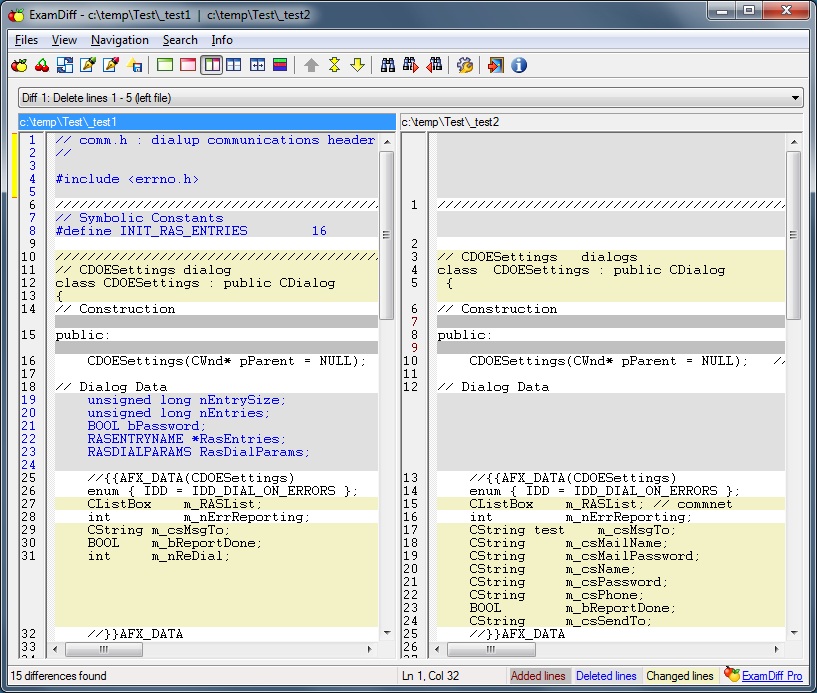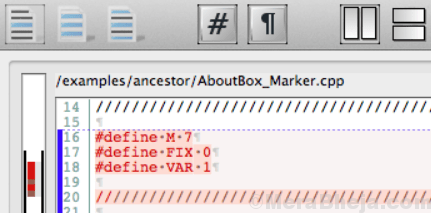
In the command, replace DRIVE for the storage location drive letter and \PATH\TO\filename1.txt and \PATH\TO\filename2.txt with the path and name of the files you want to compare.

Type the following command to compare two files in different locations and press Enter:įc DRIVE:\PATH\TO\filename1.txt DRIVE:\PATH\TO\filename2.txt Type the following command to compare all the files (*.txt) in the same folder to the new file (filename2.txt) and press Enter: Type the following command to compare two files in baniry mode and press Enter: Type the following command to compare two files in Unicode mdoe and press Enter: Type the following command to compare two files displaying only the first line that is different and press Enter: Type the following command to compare two similar files in ASCII mode and press Enter: In the command, replace filename1.txt and filename2.txt for the name of the files you want to compare.

Type the following command to compare two similar files and press Enter: This example navigates to the Downloads folder: In the command, update the path with the location of the folder with the files to compare. Type the following command to browse to the folder with the files you want to compare and press Enter:

These tools significantly speed up the time-consuming process of manually searching two or more data resources. More advanced tools allow for rich customization options, as well as automation of comparison and sync processes.ĭata comparison tools are useful where a comparison of data entries, database schemas and its contents (tables, views, etc.) is required. Export results as reports to user-friendly formats (HTML, Excell, PDF, etc.),.Compare and synchronize database from different engines,.The core functions provided by data compare tools are:


 0 kommentar(er)
0 kommentar(er)
